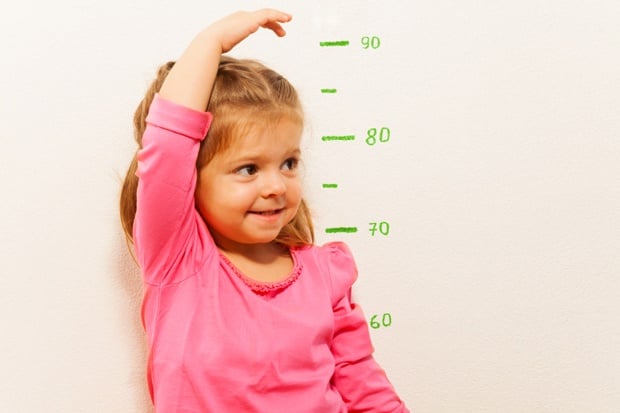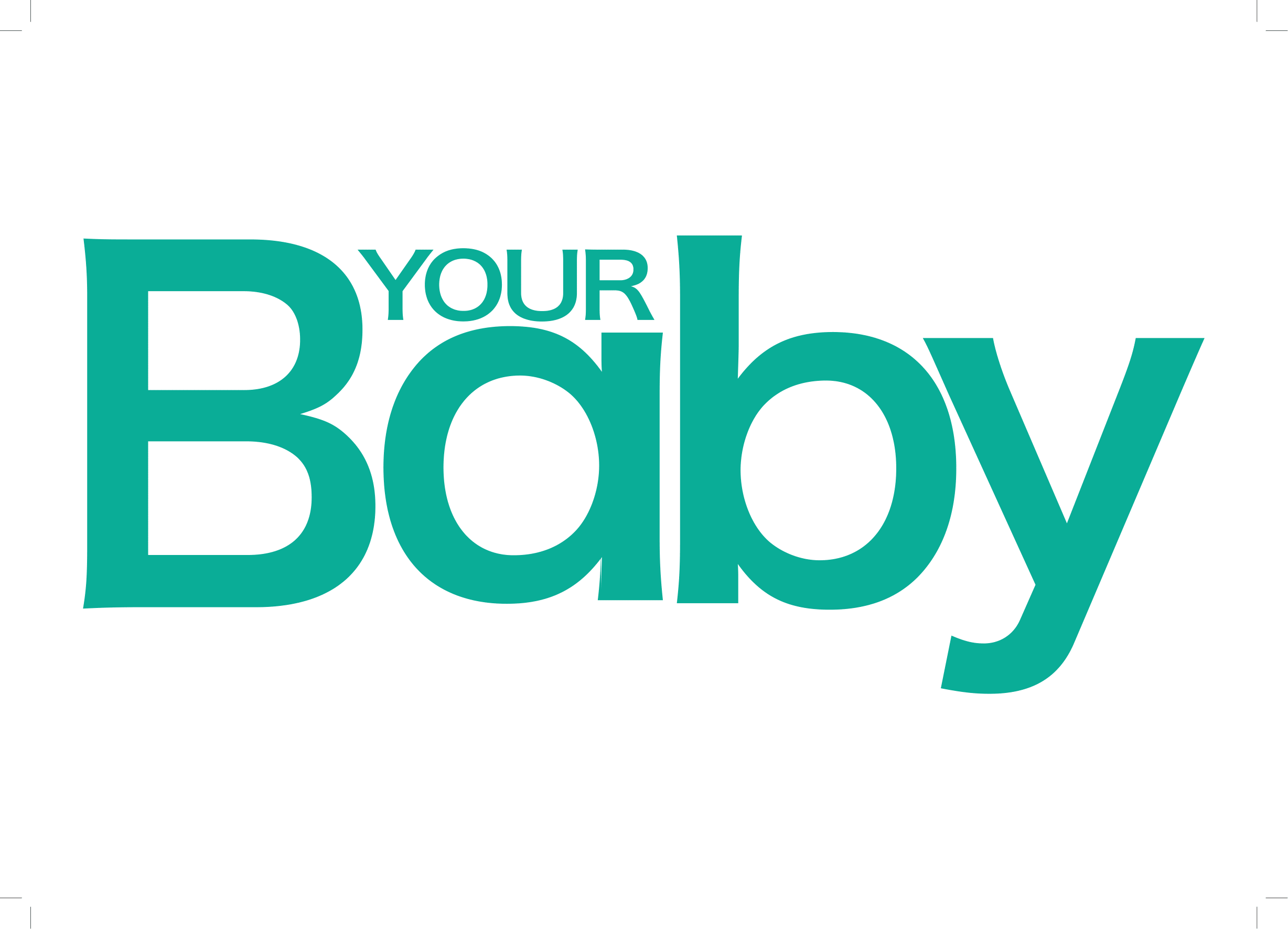
What is normal?
WEIGHT:
For a full-term baby, the following would be normal:
- By 2 weeks: Your baby has regained her birth weight and gains around 1 kilogram per month. Sometimes, breastfed babies will need a bit more time to reach their birth weight, but that's normal.
- By 3 months: From now till 6 months, your baby will gain around 0,5kg per month.
- By 5 months: Your baby has doubled her birth weight.
- By 1 year: Your baby has tripled her birth weight and from now until 3 years, she will gain around 0,25kg per month.
- By 2 years: She weighs 4 times as much as at birth.
LENGTH:
- Birth to 12 months: Your baby has grown around 25cm.
- 1 to 2 years: She has grown another 13cm.
- 3 to 4 years: Somewhere between 3 and 4 years your child would double her birth length and from 3 years to puberty your child will grow around 5cm per year.
HEAD CIRCUMFERENCE:
By the age of 1, the head circumference of normal babies would have rapidly grown to around 47cm. After 1, the growth slows down until the head circumference of a 6-year-old would reach around 55cm.
Normal growth for babies and children would be:
- up to 3 months: 2cm per month (the average head circumference at birth is 35cm).
- 4 to 6 months: 1cm per month.
- 6 to 12 months: 0,5cm per month.
- 1 to 2 years: 2cm per year.
About percentiles en percentages
On your child's Road to Health chart, there are 4 clear curves or "roads".
- The top one is called the 97th percentile;
- Then there is the slightly darker curve, called the 50th percentile;
- Underneath this you'll find the 3rd percentile;
- En the lowest curve which is called the 60% of the 50th percentile.
What does this mean?
Thousands of children have been weighed and measured over the years to find the average weight and length for children at certain stages.
This average has become the 50th percentile curve, and it means that out of 1,000 children, roughly 500 would be above and 500 below this curve.
30 out of 1,000 children's (3%) weight would be above the 97th percentile, and 970 would be under it. And 30 children (3%) would be under the 3rd percentile.
Percentiles, in other words, are a measurement tool to show where your child is in relation to other children. The higher the percentile, the bigger your child is in comparison to others of his gender and age. The lower the percentile, the smaller your child is.
"Children should be somewhere between the 97th and the 3rd percentile," says Erika. Most children would be closer to the 50th percentile. So if your child is above the 97th or below the 3rd percentile, he is part of a very small group of children.
However, don't pay too much attention to where you chart measures on the growth chart. Instead, focus on the rate at which he is growing. As long as he stays on his own personal growth curve – whether this curve is under or above the 50th percentile curve – then is development is normal.
But children shouldn't measure below the lowest curve – then he would be severly underweight. Another indication that your child isn't growing well is when his weight or length curve flattens out or dips over a period of 2 months, or a series of measurings.
Your clinic sister or health practioner would indicate whether there is reason to worry, and give advice or refer you to a doctor.




 Publications
Publications
 Partners
Partners














